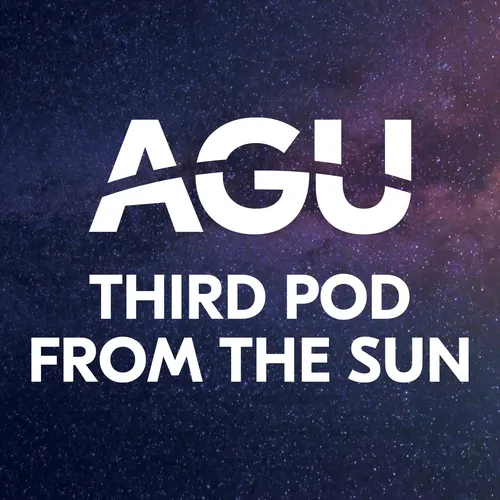
Third Pod from the Sun
Third Pod from the Sun is back, and we’re going weekly! We’re breaking things up into six-week mini-series and our first series is all about the true, personal stories from scientists, for everyone. Join us as we combat misconceptions about sharks, learn how to lasso lizards, hear from a Martian here on Earth, spark science joy via TikTok, journey to Antarctica, and fight over food with some capuchins!
- Update frequency
- every 6 days
- Average duration
- 25 minutes
- Episodes
- 189
- Years Active
- 2017 - 2023

Storied Careers: Gaining a footing in landslide science
How do you study something that’s constantly shifting? That’s the challenge that USGS geologist Richard Iverson faced when he began his career in landslide research. He and his team developed a first…

Storied Careers: Auroras, deadly radiation, and Earth’s long-term future
With a heliophysics career spanning across nearly five decades, Thomas Earle Moore has always been fascinated by the Sun’s relationship with the Earth and how that relationship affects life on our pl…

Storied Careers: Ocean sensors and dog scenters
Tommy Dickey is an emeritus oceanographer from U.C. Santa Barbara and Naval Operations Chair in Ocean Sciences. His modeling and observational research yielded ocean monitoring technologies and tools…

Storied careers: Scouring seas from the skies
This episode is about how satellite technology is being used to study a big chunk of the earth’s surface. Seventy percent of the earth comprises water but we know very little about it. Color sensors …

Storied careers: The unexpected path to Ethiopian rifts
Choosing a major and university is one of the earliest major life decisions—but what if you had to leave those choices up to chance? Today we hear from Dr. Ameha Muluneh, who grew up wanting to be an…
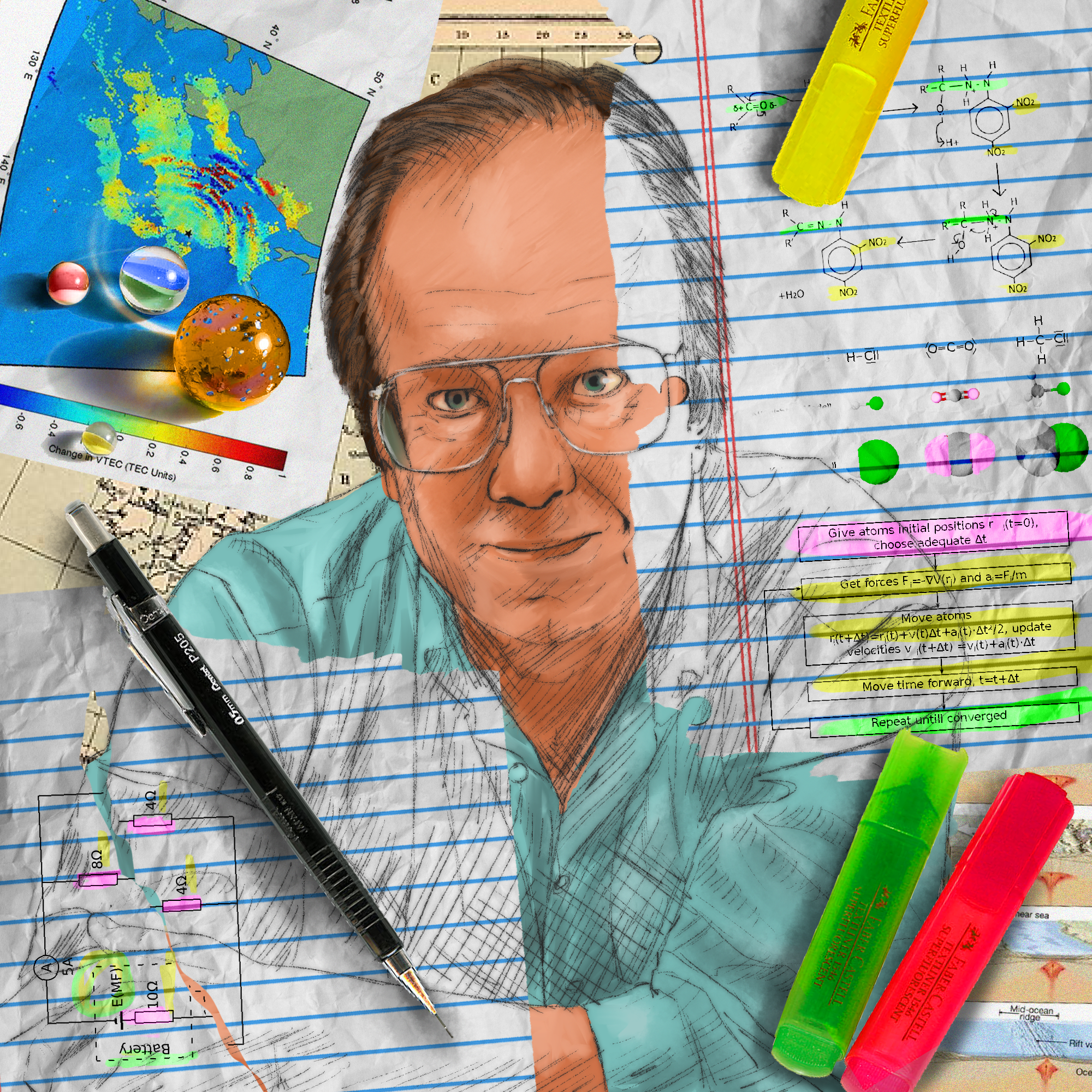
Storied careers: What you didn’t learn in (geo)science class
In the past couple of decades, Earth and space science education for K-12 has evolved significantly, much due to the work of geologist, educator, and writer, Michael Wysession. This is a time where t…

The (not so) secret histories of scientists
Science is all about experimentation, discover, and sharing those results. But what happens behind the scenes? What stories do scientists have to tell that don’t make it in the manuscript or the clas…

Ice: Ancient knowledge for modern tech
To the untrained eye, Arctic ice appears unchanging, but conditions can shift quickly, and often reveal life-threatening hazards when they do. It is an unforgiving environment, but the Inuit know how…

Ice: Stolen moon ice
When you think of ice, you might imagine glaciers, the North Pole, a clink in your water glass. But it turns out that our closest neighbor in space isn’t just a dusty ball—the moon has ice tucked awa…
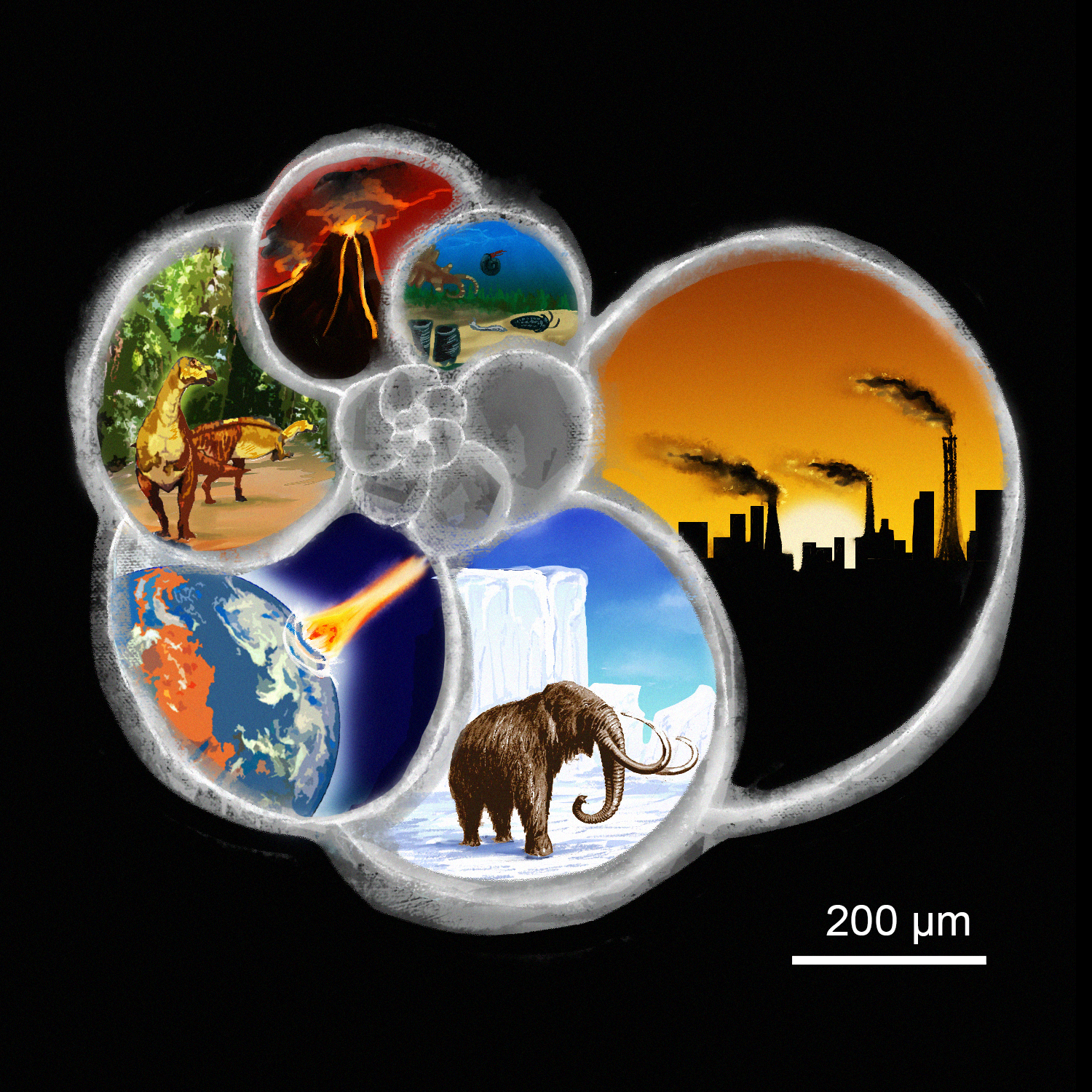
Ice: Shells of an ice-less past
Brian Huber is a climate detective at the Smithsonian who grew up collecting arrowheads in the woods of Ohio, but now collects and studies fossils from sediment cores. Brian uses fossils of tiny orga…
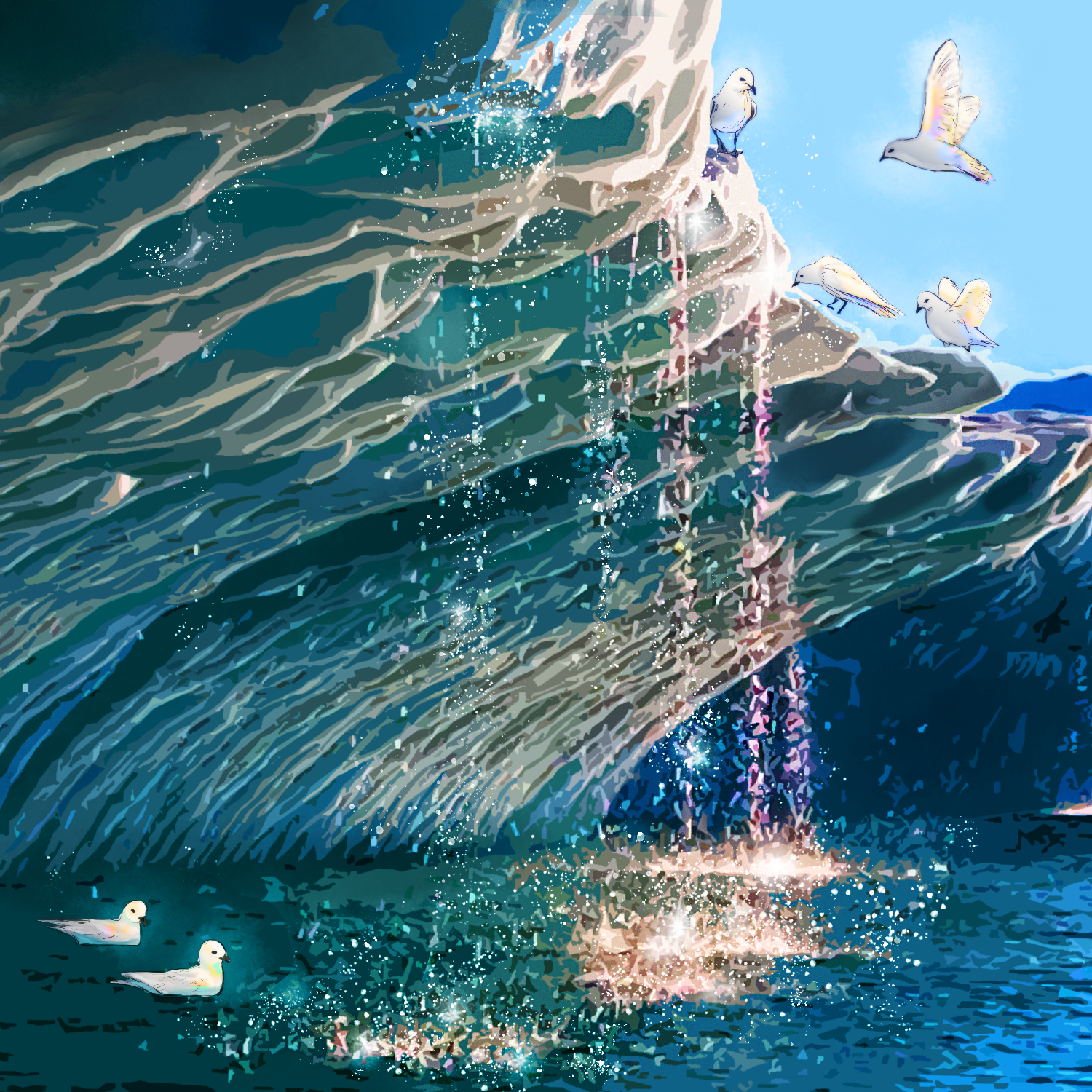
Ice: Birds foretelling climate change
Anant Pande is an Indian polar researcher who studies snow petrels - shy pelagic (sea-faring) birds who nest on rock crevices in Antarctica. These endemic birds prefer to nest near less icy waters. C…
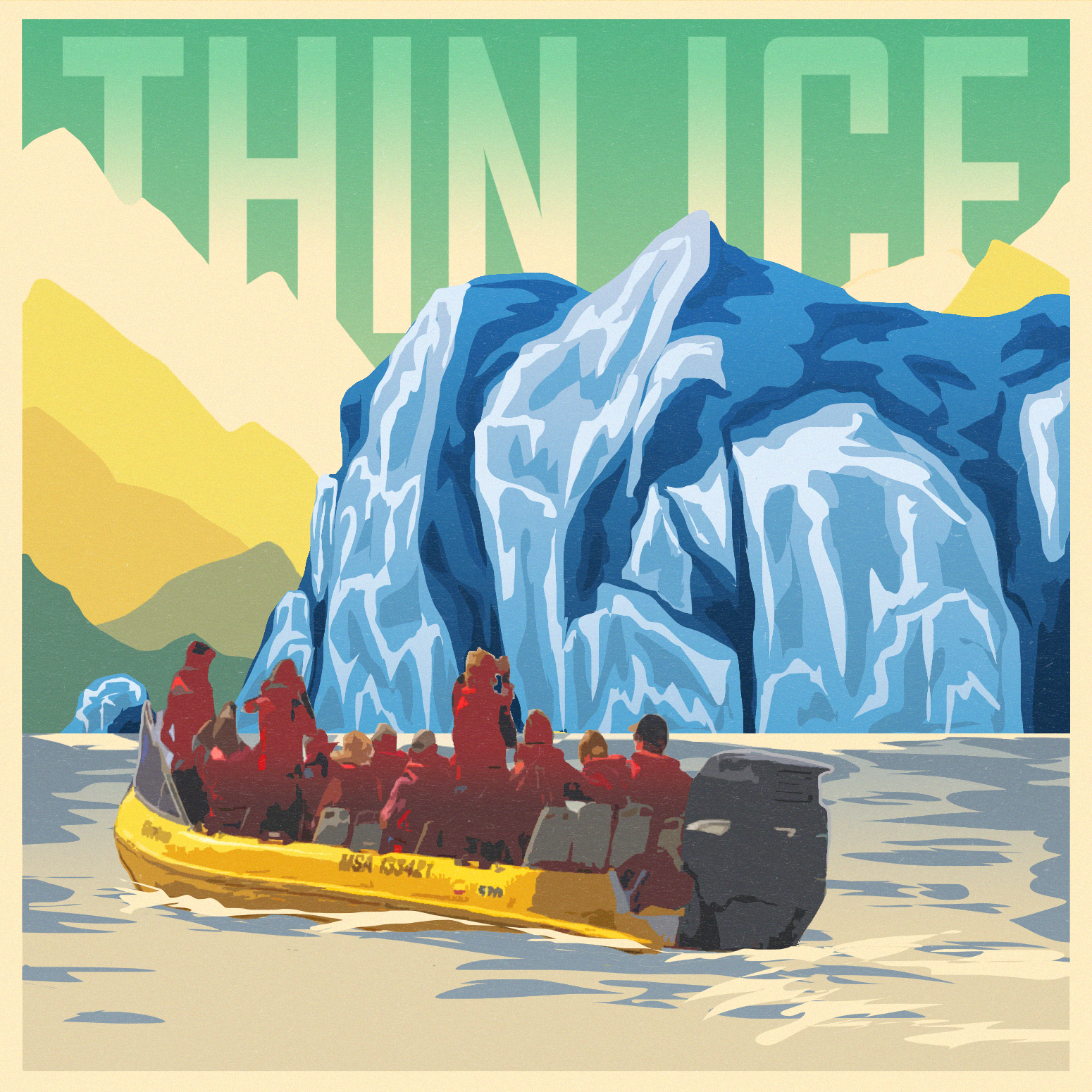
Ice: Glacier tourism on thin ice
Glaciers around the world are melting because of climate change. Yet, while glaciers might be smaller than they once were, that’s not stopping tourists from flocking to see them. We talked with Heath…

Ice: The ice ships of Project Habbakuk
Dive down into the freezing depths of Patricia Lake, in Alberta’s Jasper National Park, and you will find the wreck of the Habbakuk—a sixty-foot model battleship originally constructed of wood and ic…

A podcast of ice and fire
Cool off from the summer heat with our next six-part miniseries all about ice – from those who call it home to its use as a tool in science. Experts tell us how this state of matter can create shelte…

Extinctions: Space station splashdown
The International Space Station feels like a permanent fixture. It’s been up there since 2000! But earlier this year, NASA announced it is bringing the ISS back to earth in the 2030s as it plans for …

Extinctions: Oddballs of the Triassic
Hans Sues is a fossil guy at the Smithsonian. Born in Germany, he has been all over the world finding and interpreting fossils for more than 40 years. His focus is on vertebrates – both in his profes…

Extinctions: Showdown of the giant space rocks
Dani DellaGiustina is one of the youngest leaders of a NASA mission, and she was in charge of image processing for OSIRIS-REx before she even got her PhD. OSIRIS-REx is a spacecraft sent to study ast…

Extinctions: Not your science fair volcano
For many of us, the word “extinctions” conjures up images of dinosaurs, asteroids, and (maybe?) volcanos. And while that last point did likely play a role in the demise of the dinosaurs, volcanos in …

Extinctions: The (Maybe) Cambrian (Not Really) Explosion
The Cambrian explosion is commonly labelled as the time in Earth’s history when animals suddenly appear. But research from geoscientist Rachel Wood and her team turns this explanation on its head. We…

Extinctions: Dinosaurs, a big rock, and…climate change?
When you hear the word “extinction,” chances are you probably think of the extinction of the dinosaurs and a big rock. But did you know that there were other factors at play that lead to that extinct…